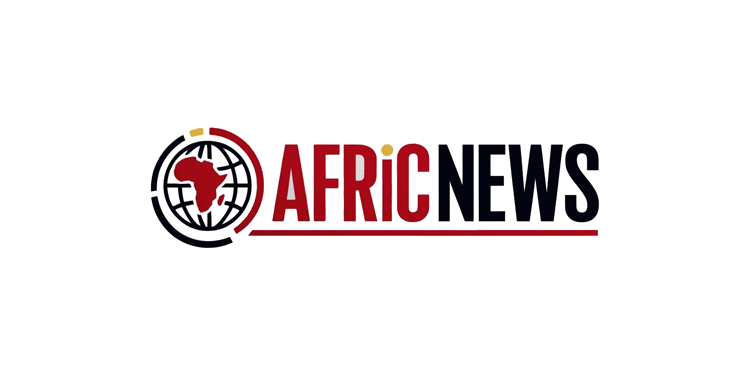Starlink Secures Approval for Lesotho Launch Amidst Local Opposition
In a significant development for satellite internet access in Africa, Starlink, the satellite internet constellation operated by SpaceX, has received formal approval to initiate its services in Lesotho. This news arrives despite vocal opposition from various sectors within the country, raising concerns over the implications of such a high-profile technological rollout. As Lesotho grapples with the challenges of digital connectivity, the arrival of Starlink promises to bridge the digital divide while simultaneously igniting debates on regulatory oversight, local enterprise impact, and data sovereignty. As the nation stands on the brink of a new era in telecommunications, the implications of this decision will be closely watched both locally and across the continent.
Starlink Gains Regulatory Approval for Lesotho Amid Controversy
The recent regulatory approval for Starlink to commence operations in Lesotho has sparked a mix of excitement and unease across the nation. The satellite internet provider, a subsidiary of SpaceX, aims to enhance connectivity in one of Africa’s most mountainous and remote regions. Proponents of Starlink argue that this development will bridge the digital divide, providing high-speed internet access to underserved communities, which is crucial for education, business, and healthcare. However, critics have raised concerns about the implications of foreign dominance in the telecommunications sector and the potential overshadowing of local ISPs, leading to fears of increased monopolistic practices.
This regulatory nod from the Lesotho Communications Authority comes amidst a backdrop of conflicting opinions, prompting a deeper discussion regarding the future of digital infrastructure in the nation. Key points contributing to the debate include:
- Economic Impact: Projects like Starlink could create job opportunities but may also displace existing local services.
- Accessibility: The technology promises faster internet but raises questions about affordability for average citizens.
- Regulatory Challenges: Ongoing scrutiny over compliance with national laws and the protection of local market interests.
Examining the Implications of Satellite Internet Access in Rural Communities
The recent approval for Starlink’s launch in Lesotho has sparked a significant discourse surrounding the effects of satellite internet access in rural settings. As the nation gears up to welcome this technology, communities that have historically struggled with connectivity are poised for transformation. Prospective benefits include:
- Enhanced communication capabilities for education and healthcare services.
- Economic development through the facilitation of e-commerce and local business growth.
- Increased accessibility to information and cultural resources, elevating quality of life.
However, the move has not been without controversy. Critics raise concerns about the sustainability and pricing of satellite internet, questioning its long-term viability for disadvantaged populations. In light of this, it’s important to consider potential barriers, such as:
- High subscription costs which may exclude low-income households.
- Limited local infrastructure that can hinder effective service delivery.
- Potential monopolization of the internet market, reducing competition.
As stakeholders assess the upcoming launch, a balanced approach will be crucial. Ensuring that satellite internet serves as a tool for equity rather than division should be a priority in the rollout strategy.
Strategies for Mitigating Opposition and Enhancing Local Engagement
To successfully navigate opposition while launching its services in Lesotho, Starlink can adopt several strategic approaches aimed at fostering collaboration and local support. Engaging with community leaders from the outset is vital in building trust and addressing concerns directly. This can be achieved through town hall meetings and stakeholder consultations, which allow local voices to be heard and incorporated into the deployment strategy. Additionally, implementing local employment programs not only promotes economic growth but also empowers residents by providing them with training and job opportunities in the tech sector. This dual approach of transparency and involvement can significantly mitigate fears and resistance.
Furthermore, establishing partnerships with local organizations and government entities will facilitate smoother integration into the community. Such collaborations can help tailor services to better meet the specific needs of the populace, enhancing overall user satisfaction. Starlink might also consider launching awareness campaigns, illustrating the benefits of satellite internet not just for individual households but for educational institutions and local businesses. By highlighting the transformative impact of access to digital services, Starlink can showcase its commitment to fostering socio-economic development in Lesotho. Below is a proposed framework for engaging local stakeholders:
| Engagement Strategy | Expected Outcome |
|---|---|
| Town Hall Meetings | Direct communication and feedback incorporation |
| Local Employment Initiatives | Job creation and skill development |
| Partnership with NGOs | Community support and resource tapping |
| Adequate Awareness Campaigns | Informed residents and increased adoption rates |
In Retrospect
In conclusion, the approval of Starlink’s launch in Lesotho marks a significant milestone in the ongoing effort to enhance internet connectivity across Africa. Despite encountering opposition from various stakeholders concerned about the potential impacts on local telecommunications, the decision underscores the increasing demand for reliable and high-speed internet access in underserved regions. As Starlink prepares to implement its satellite-based service, the implications for economic development, education, and communication in Lesotho could be transformative. Moving forward, observers will be keen to monitor how this initiative unfolds and its effect on the broader landscape of digital connectivity in Africa.







